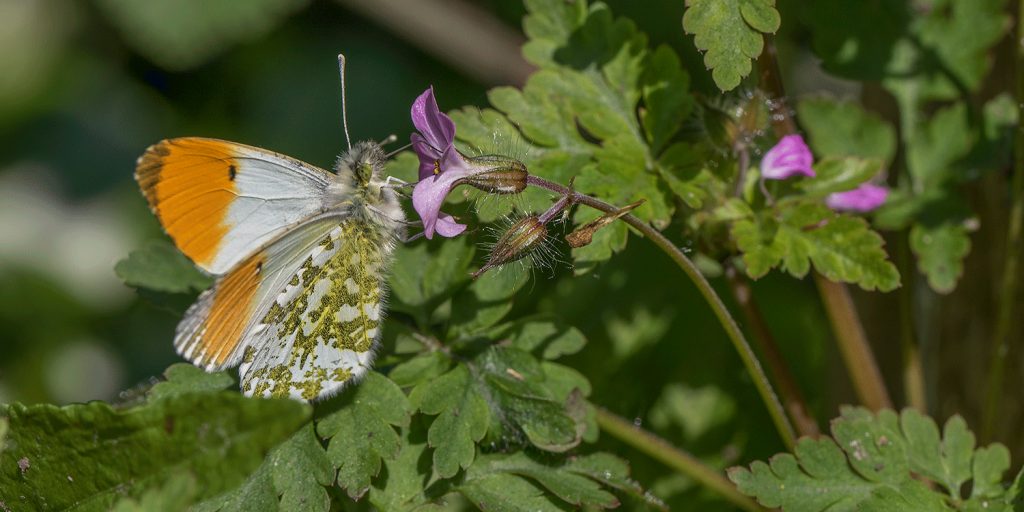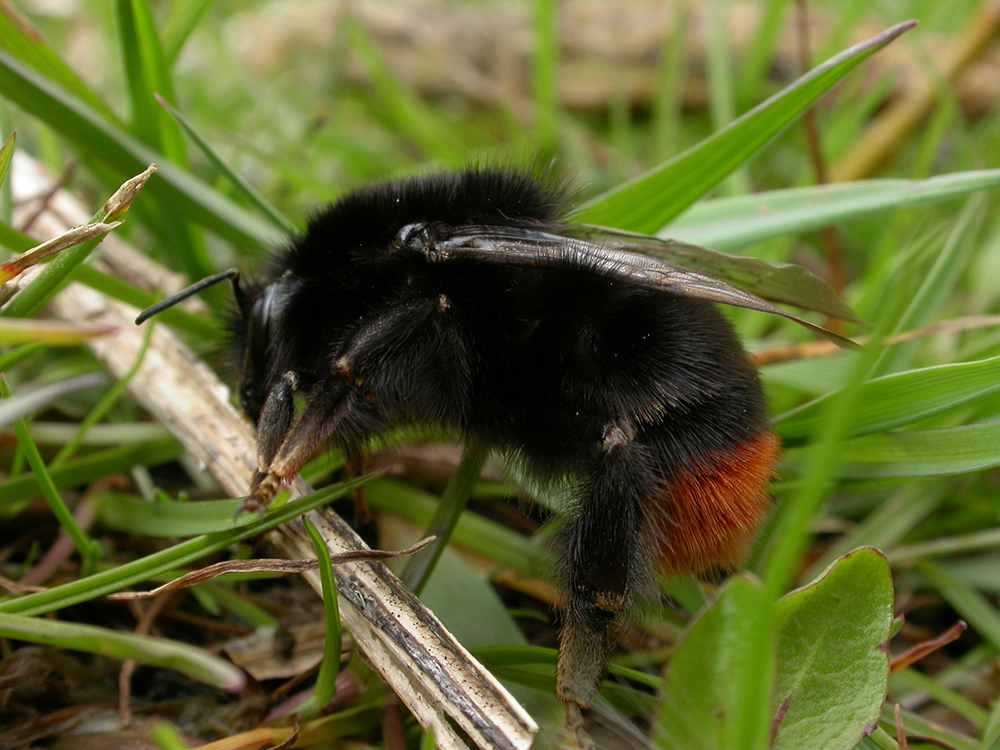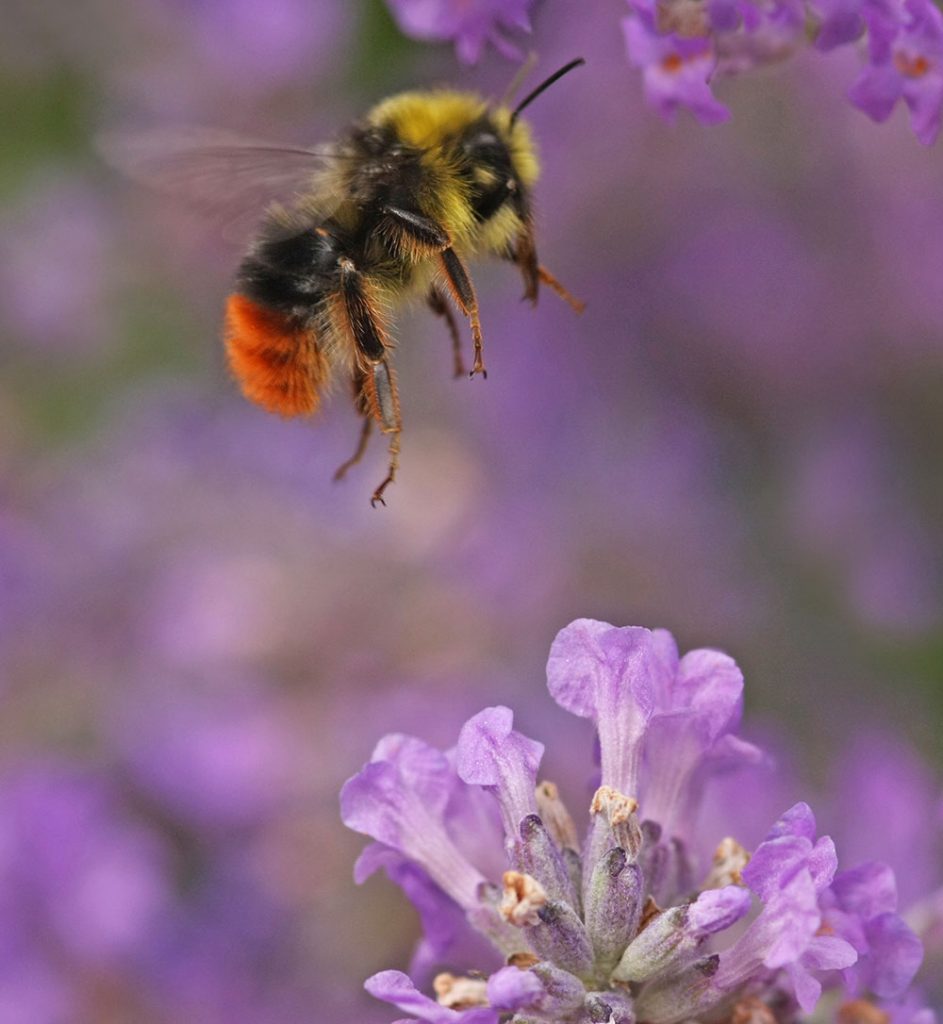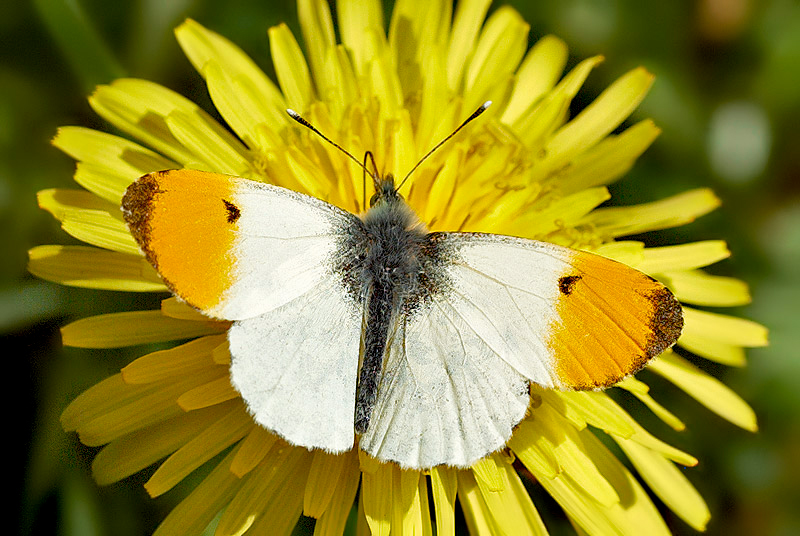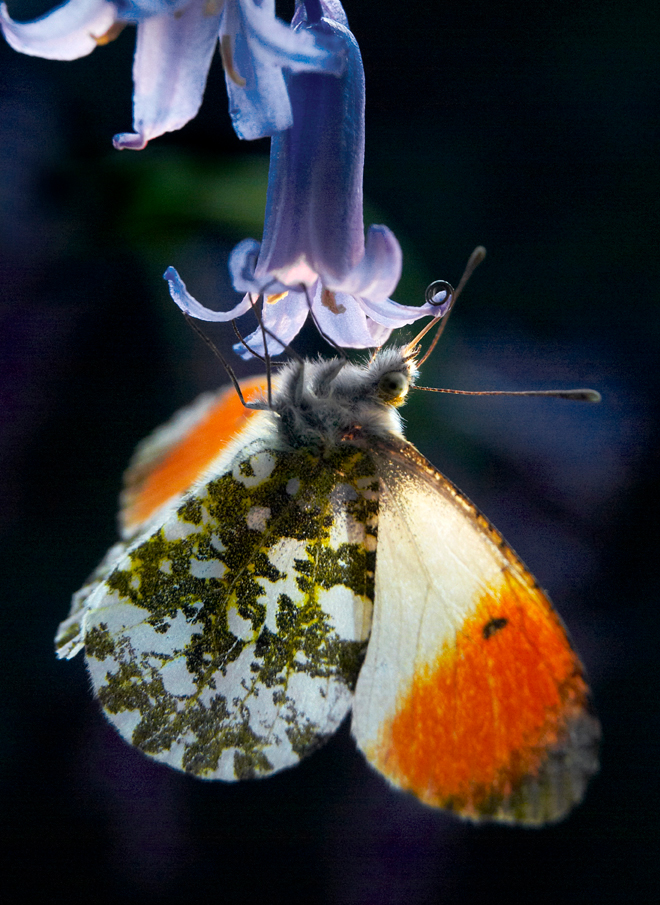Tune into the tranquility of wildlife to soothe tough times. The Wildlife Trust in Cambridgeshire has created engaging online content and nature activities to connect with what’s around us in gardens and local spaces – and to help people find solace in nature . . .
It’s easy to become absorbed by nature and wildlife right now – just step outside and look about . . .
The Trust’s wildlife experts who might normally be leading school visits, events or talking to visitors on reserves have had to down tools and work from home – and so are now be found online leading wildlife-spotting tours of their gardens, showing how to identify birdsong, or sharing heart-warming sounds of a dawn chorus on sunny mornings.
Louise Rackham, Head of Wildlife and Communities says: “More people than ever are tuning into our wildlife videos and we’re seeing people have a lot of fun wildlife-watching in their gardens. Now that spring has well and truly arrived in splendid colour and sound – butterflies and bumblebees are all emerged from hibernation, blossom has bursting into life and birds are singing beautifully every morning – many people have told us what butterflies they are spotting, or what birds they’re hearing – joyful moments that they can hold dear at this difficult time.
“Everyone can share and follow on social media using #WildlifefromHome and #EverydayWildlife – swapping experiences can be a lovely way of keeping in touch. Keep an eye on our channels in the coming weeks – we’ve got lots of lovely ideas and activities to help stay connected to nature and still feel the health benefits of being outside in your garden or neighbourhood. It’s all helping to lift our spirits and improve our mental wellbeing and proves that the role wildlife plays in our lives has become more important than ever.”
The Wildlife Trust have created a suite of content on their website and social media platforms to help inspire, uplift and inform. For example, there are some fabulously easy, practical things to make – from birdfeeders to creating little mini ponds or even your own mini nature reserve. Handy ‘spotter sheets’ will help identify types of bees, other insects, create bug hotels, and plenty more – the website’s Wilder Learning section is devoted to helpful tips with things to do and make.
Stay connected to nature
Check out The Wildlife Trusts website for the suite of engaging content.
Using the hashtag #WildlifefromHome people are submitting photos of insects and plants that they’re unable to identify: the Trust’s research and monitoring team are able to supply answers, facts and great nuggets of unusual information . . .
www.facebook.com/groups/wildlifebcn.research
National Wildlife Trusts:
www.wildlifetrusts.org/looking-after-yourself-and-nature
Tune in at to a weekly wildlife programme on YouTube for families, with a new video on Wildlife Watch UK every Wednesday, 10am, with wildlife experts, home-school help and seasonal species to spot –
wtru.st/Wildlife-Watch-YouTube or www.youtube.com/channel/UCC-XBsQ6yACeGoWCDVa-LWA
What to look out for outdoors:
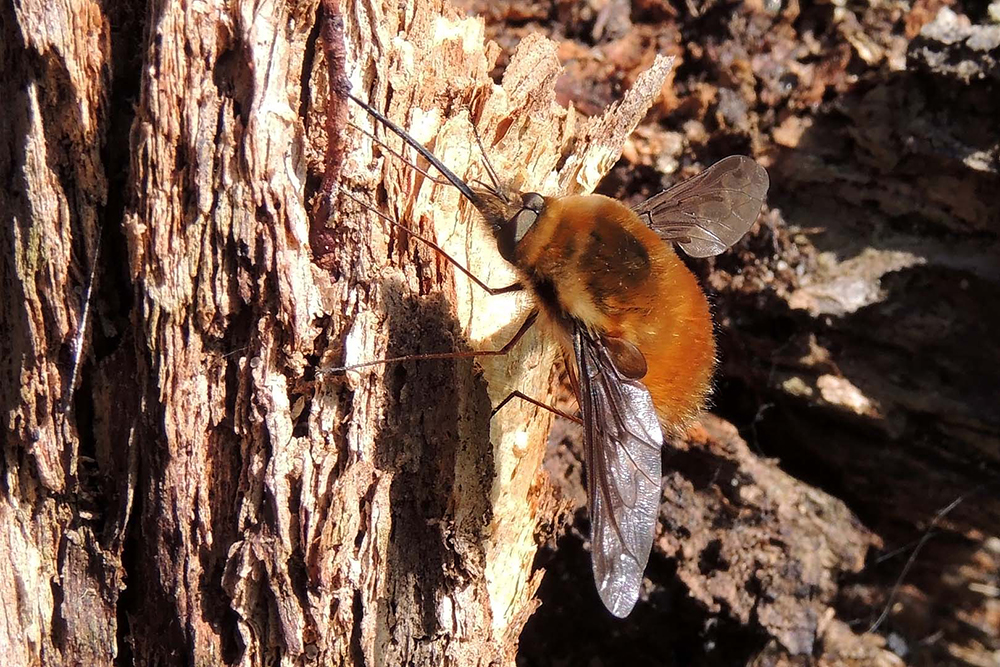
Fabulous fluffy flies
The dark-edged bee-fly looks like a bumble bee, with a long, straight proboscis (a harmless tongue, not a sting!) that it uses to feed on nectar from spring flowers, such as primroses and violets. IOn the wing from early spring, in flight, it is even more like a bee as it produces a high-pitched buzz. There are several species of bee-fly in the UK, the dark-edged bee-fly has dark markings on the edge of the wing, while others have plainer, translucent wings.

Red-tailed Bumblebee – Philip Precey 
Bee – Bombus lapidarius – Red tailed male -by Rachel Scopes
Buzzing bumbles
The bumbling hum of large bumblebees is a common sound in gardens and the red-tailed bumblebee lives up to its name. The female red-tailed bumblebee is a large, black bumblebee with a big red ‘tail’. Males are smaller and, as well as the red tail, have two yellow bands. Emerging early in the spring and feeding on flowers right through to the autumn, these bumblebees can be found anywhere there are flowers to feed on. It is a social bee, nesting in old burrows or under stones.
Shieldbugs
Shieldbugs look like beetles with shield-shaped bodies but they are ‘true bugs’. They are sometimes called ‘stink bugs’, because they can release a strong-smelling fluid from special glands when handled or disturbed. The common green shieldbug feeds on a wide variety of plants and they can turn up anywhere from garden to farm – sometimes landing on your hand! Adults overwinter and emerge in spring, laying their eggs on the undersides of leaves, the rounded nymphs appear in June and new adults are present in early autumn.
Orange-tip butterflies
A sure sign of spring is seeing the dancing flight of an orange-tip butterfly. This distinctive butterfly is on the wing from April through to July, with distinctive stuttering, faltering, dizzy flight patterns. The male orange-tip is unmistakeable: a smallish white butterfly with bold orange wingtips; the female is also white but lacks the orange wing tips. Both sexes have a mottled, ‘mossy grey’ pattern on the underside of their hindwings when at rest.

Orange Tip Butterfly – Wildlife-Trusts 
Orange Tip butterfly – by Alan Price
30 Days Wild
The Wildlife Trust’ national, annual initiative 30 Days Wild returns this June with new and inspiring ways for people to connect with nature: and the countdown to the UK’s biggest nature challenge online has started – sign up is now open online.
Back for its sixth year, 2020’s challenge is more important than ever as we are appreciating the wildlife close to our homes and the therapy that enjoying nature provides. Last year 400,000 people across the country took part, performing more than 10 million ‘random acts of wildness’. This year all the resources will be available online rather than physical packs in the post (for obvious reasons), with the usual colourful wallchart, a wild bingo game, colour-in window poster and passport log-book with ideas to record wonderful wild actions – including crafting with nature or going plastic-free for a day, to taking action for bugs, bees and butterflies in your garden.
Sign up and find out more at www.wildlifebcn.org/30DaysWild
Join/help/support
If you’ve enjoyed visiting a reserve during lockdown, are enjoying the online content or simply want to help the future work of the Trust, please consider giving support either by joining as a member or by donation – here’s where www.wildlifebcn.org/support-us

